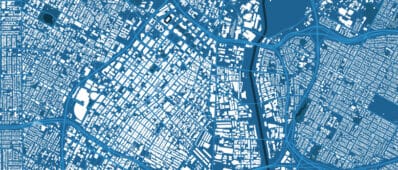Our Experts

Paavo Monkkonen
Associate Professor, Department of Urban Planning and Public Policy, UCLA
Areas of Expertise
Contact
Email:
paavo.monkkonen@ucla.eduRecent Projects
Research Team:
UC Campus(es):
Recent Publications


Associate Professor, Department of Urban Planning and Public Policy, UCLA
Email:
paavo.monkkonen@ucla.eduResearch Team:
UC Campus(es):

Research Team:
UC Campus(es):
Research Team:
UC Campus(es):
Research Team:
UC Campus(es):



Professor, Department of Civil and Environmental Engineering, UC Irvine
Email:
mmcnally@uci.eduResearch Team:
UC Campus(es):
Research Team:
UC Campus(es):



Associate Director, Feminist Research Institute, UC Davis
Email:
smcc@ucdavis.eduResearch Team:
UC Campus(es):

Distinguished Professor, Department of Urban Planning, UCLA
Email:
sideris@ucla.eduResearch Team:
UC Campus(es):
Research Team:
UC Campus(es):
Research Team:
UC Campus(es):


Co-Director, 3 Revolutions Future Mobility Program, UC Davis
Email:
yshlee@ucdavis.eduResearch Team:
UC Campus(es):
Research Team:
UC Campus(es):


Research Director, Terner Center, UC Berkeley
Email:
ekneebone@berkeley.eduResearch Team:
UC Campus(es):

Professor, Department of Civil and Environmental Engineering, UC Davis
Email:
mjkleeman@ucdavis.eduResearch Team:
UC Campus(es):

Associate Professor, Department of Urban Planning and Public Policy, UC Irvine
Email:
jaehk6@uci.eduResearch Team:
UC Campus(es):
Research Team:
UC Campus(es):
Research Team:
UC Campus(es):

Professor, Department of Civil and Environmental Engineering, UC Irvine
Email:
rjayakri@uci.eduResearch Team:
UC Campus(es):
Research Team:
UC Campus(es):
